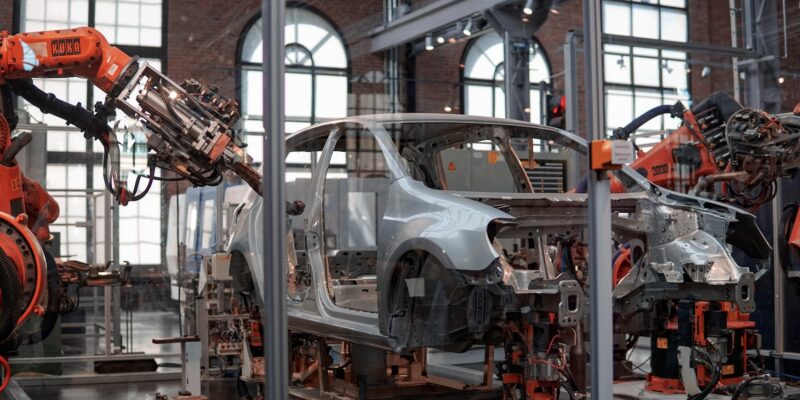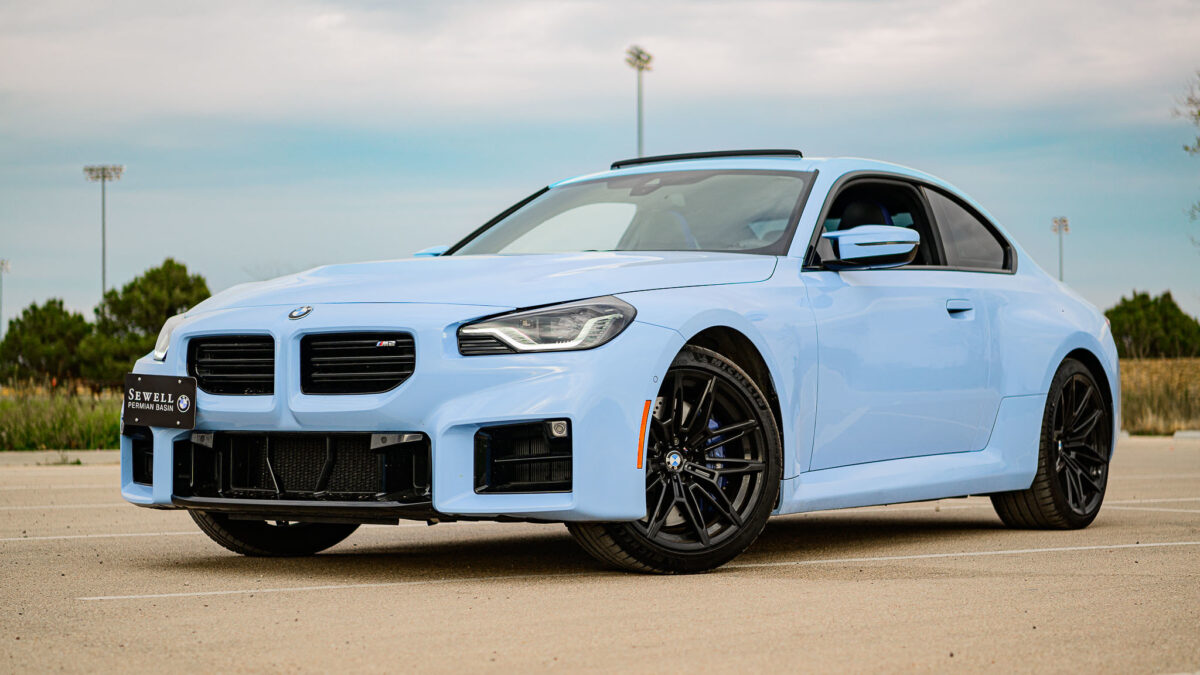Innovative Methods for Manufacturing Automotive Parts
In the automotive manufacturing industry, massive changes have occurred over the last number of years, including the rise of electric vehicles. As the industry is becoming more environmentally friendly and is implementing more technology, several new and innovative materials and methods for manufacturing automotive parts have been developed.
In the past, vehicles have been manufactured using primarily steel or steel-based products. But now, modern vehicle manufacturing is utilizing new materials like aluminum and composite materials as well as more efficient and creative manufacturing methods. While change is good, these new materials and manufacturing methods must be safe and cost-efficient for the customer. So, what are the latest automotive manufacturing trends many car enthusiasts will see over the next decade?
What Materials Are Commonly Used in Vehicle Manufacturing?
In most modern vehicles, the frame is constructed using steel. Over the last number of years, there has been a significant development in enhancing the properties of steel to make it lighter, stronger, and more mouldable for modern manufacturing. Some of the features in a vehicle’s frame include floors, doors, body panels and fenders. As these areas are implemented into the vehicles for driver and passenger safety, it is very hard to implement another material with the same characteristics and reliability.
The most used steel in vehicle manufacturing is mild steel, high-strength steel (HSS), high-strength low alloy (HSLA), advanced high-strength steel (AHSS) and ultra-high-strength steel (UHSS).
Types of manufacturing materials for vehicles:
Manufacturers use alternative materials for vehicles in less safety-critical areas, such as the bumper, engine cradle or hood. Using different materials could increase the vehicle’s aerodynamics or decrease its weight, reducing the fuel the car needs- making their customers very happy. Some of the alternative materials that are now used in vehicle manufacturing are:
- Boron/Martensite: Both materials are some of the hardest and most robust forms of steel, which is excellent for vehicle safety. To make them more malleable and mouldable, they arecombined with softer material to form a composite.
- Aluminium 5000/6000: This specific aluminium is combined with magnesium or magnesium and silicon. This helps makes the materials more heat treatable. Magnesium is the perfect material for vehicles due to its light weight nature when added to another metal. It even has the best strength-to-weight ratio.
- Titanium: Titanium panels are used for the outer car panels as they are a lightweight but strong alternative to steel. By using this metal, the vehicle will keep the safety characteristics of steel but have better fuel efficiency. It comes in various grades so vehicle manufacturers can decide what thickness to use.
- Carbon-Fibre Reinforced Plastic (CFRP): This material is strong, light and used to increase a vehicle’s strength.They are expensive to produce but have a growing demand due to their excellent properties. At the moment, this material is seen most often in supercars or luxury vehicles.
Innovative Methods Using in Modern Vehicle Manufacturing
As the materials for vehicle manufacturers are developing and changing into cost-effective and economically better materials, the methods used to manufacture them are also changing.
When automotive companies look at changing their manufacturing process to a more efficient and creative method, several factors must be explored before committing to this change. Manufacturers will look at how this method will change the vehicle’s fuel economy, emissions, whether it is electric or autonomous. It could be implemented if the technique will help improve these features.
While many methods can give the car excellent properties, manufacturers also must look at the threatening factors. They will have to research the impact the new material and manufacturing method will have on the environment when it is not in service, the cost and cycle time of the process, the corrosion, and how much the part will be to repair.
There is a range of different methods automotive companies use for manufacturing vehicles, including:
Hot-Formed Steel
While cold-formed steel is still the industry standard, due to the rise of high-strength steel, hot-forming is being used more often. High-strength steels respond better to hot forming than the original cold-forming process. This helps stronger, thinner, and lighter components to be created. Using a manufacturing method like this will improve the overall ductility and can help the moldability of the metal.
Warm-Formed Aluminium
Like steel, aluminium can also be heated to improve its properties. But unlike steel, it does not need to be heated to such a high temperature. The metal is armed slowly to between 200-300 degrees Celsius and then cooled. This method is primarily used to improve its flexibility and strength.
High-Pressure Thin-Walled Aluminium Die Casting
When moulding aluminium into automotive parts, they need to be filled extremely quickly due to aluminium’s high melting points and solidifying temperatures.
Resin-Transfer Molding
This process is relatively new to the automotive industry and will create various vehicle parts. The resin material is pumped into a pre-inserted fibre-preform at high pressure. Inserting the material at high pressure will create a light and strong par, perfect for any vehicle.
3D-Printing
3D printing involves creating a part by layering materials on top of one another until the product is complete. It is being utilized increasingly by the automotive industry as it allows manufacturing companies to see their new designs in a fully workable prototype, whether a new engine part, a body panel, or the full vehicle. It can also be used to manufacture the product as well as a prototype and specialize in complex automotive parts. One of the main advantages of this process is that it can be customized. 3D printing can use a variety of materials, including plastic, aluminium, and other metals. It will produce lighter, faster parts with zero waste, which is desirable for any company.
Artificial Intelligence
While robots have been involved in car production for years, robots with artificial intelligence have a variety of uses. For example, this technology is being implemented not only to weld and paint vehicles but also to detect defects in materials and vehicle parts and issue quality assurance certificates. They can monitor what their human co-workers are doing and can predict if any injuries will occur.
Along with the manufacturing process, artificial intelligence will also be a part of the design process. They devise innovative ways to solve design problems and make the car more economical.
More traditional methods like cold-forming and molding technologies are being replaced with more innovative and efficient technologies, such as 3D printing. Currently, hot forming processes are still the most universally used. With that said, the prevalence of artificial intelligence in every industry is just getting started. It won’t be long before it is the most used manufacturing method for automotives.
















